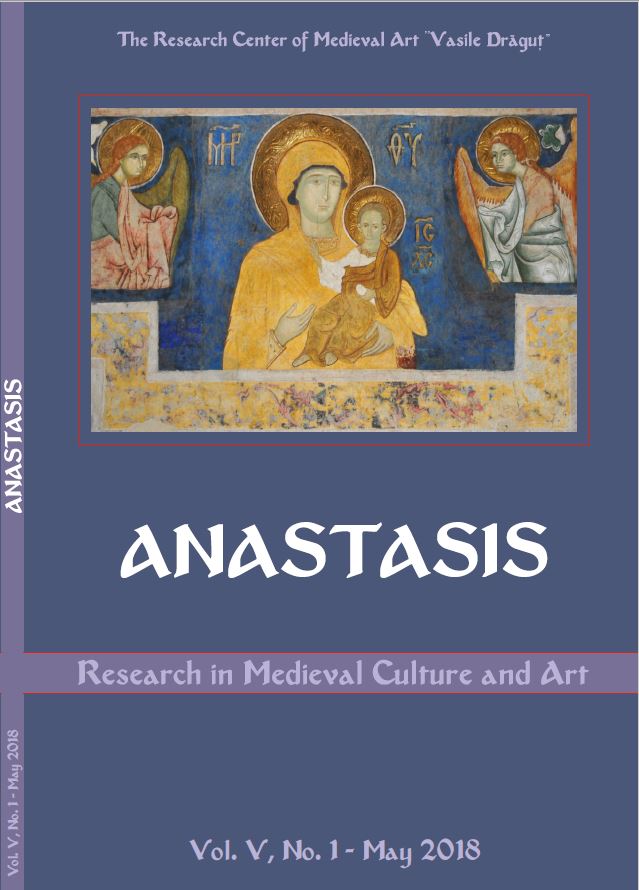New Cases of Symbolic Trepanation from the Medieval Period Discovered in the Space between Prut and Dniester
New Cases of Symbolic Trepanation from the Medieval Period Discovered in the Space between Prut and Dniester
Author(s): Angela SimalcsikSubject(s): History, Archaeology, Cultural history, Ethnohistory, Local History / Microhistory, Middle Ages
Published by: Editura ARTES
Keywords: medieval period; Pruth-Dniester area; symbolic trepanation; Lozova-La hotar cu Vornicenii; Ciumai; Cimişlia; Crihana Veche
Summary/Abstract: Symbolic trepanation is an invasive procedure, performed on living individuals, without creating a direct connection between the endocranial space and the outer world. Most cases of symbolic trepanation come from the archaeological discoveries made in the Carpathian Basin and in Bulgaria, dating from Early and Middle Age. For the space between Pruth and Dniester rivers, the first symbolic trepanations (14 cases / skulls) were discovered by I. Hîncu, in the medieval necropolises known as Căprăria (10th-12th centuries) and Limbari (12th-14thcenturies). These skulls have one, two or three symbols located on the sagittal suture or in its proximity. In this paper, we propose to the scientific community of the domain four new symbolic trepanation cases, discovered in the space between Pruth and Dniester, namely in the medieval flat necropolis of Lozova-La hotar cu Vornicenii (Grave no.77), in the burial mound no.1 from Ciumai (Grave no.9), in the burial mound no.8 from Cimişlia (Grave no.5) and in the burial mound no.12 (Movila Gologan) from Crihana Veche (Grave no.7). Three skulls belonged to men of different ages and only one to a woman. Two of the four cases have one symbolic mark (on the frontal bone or in the bregma), the other two having two such marks (on the sagittal suture or on the parietal bones, without affecting the sagittal suture). The individuals with only one mark show Europoid features, while those with two symbolic signs on the skull have typologically mixed Europoid and Mongoloid features. Considering the symmetry of symbols, which is evident, we cannot reject their ritualic-symbolic role, probably related to the concept of body integrity changes. The purpose of such a method of body modification could be guided by a series of social and aesthetic standards or by a certain type of self-identification.
Journal: Anastasis Research in Medieval Culture and Art
- Issue Year: V/2018
- Issue No: 1
- Page Range: 146-172
- Page Count: 27
- Language: English

